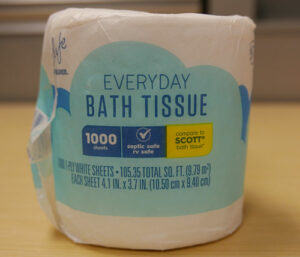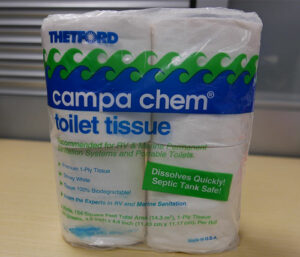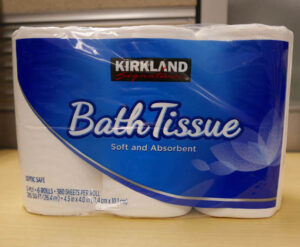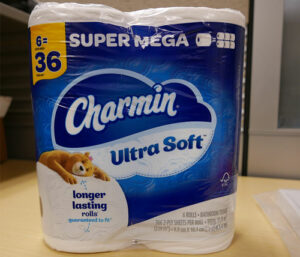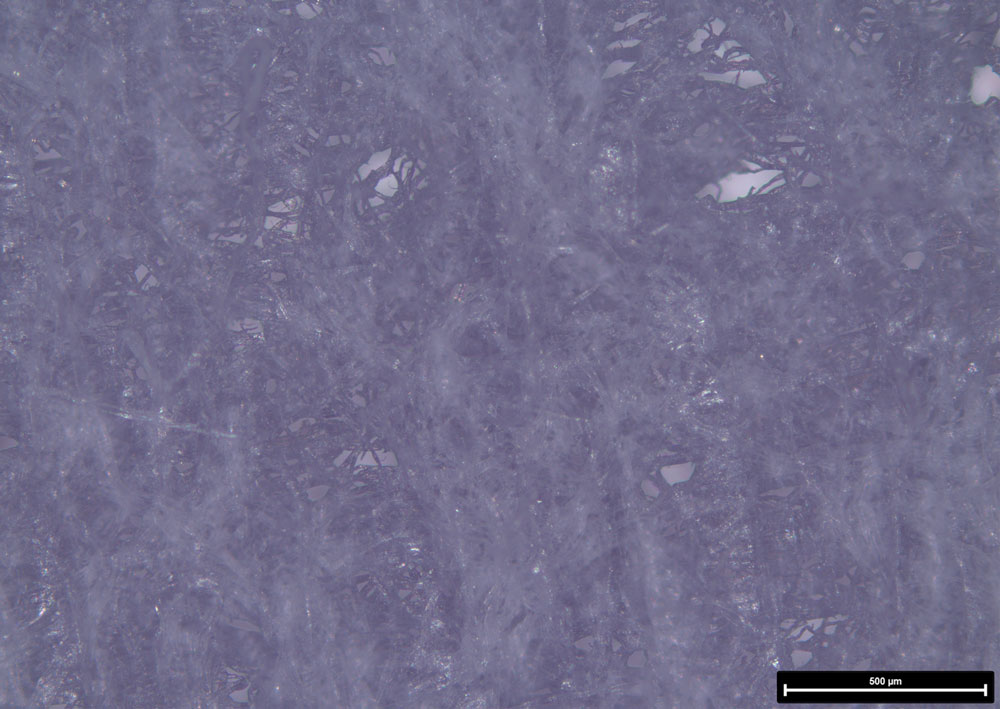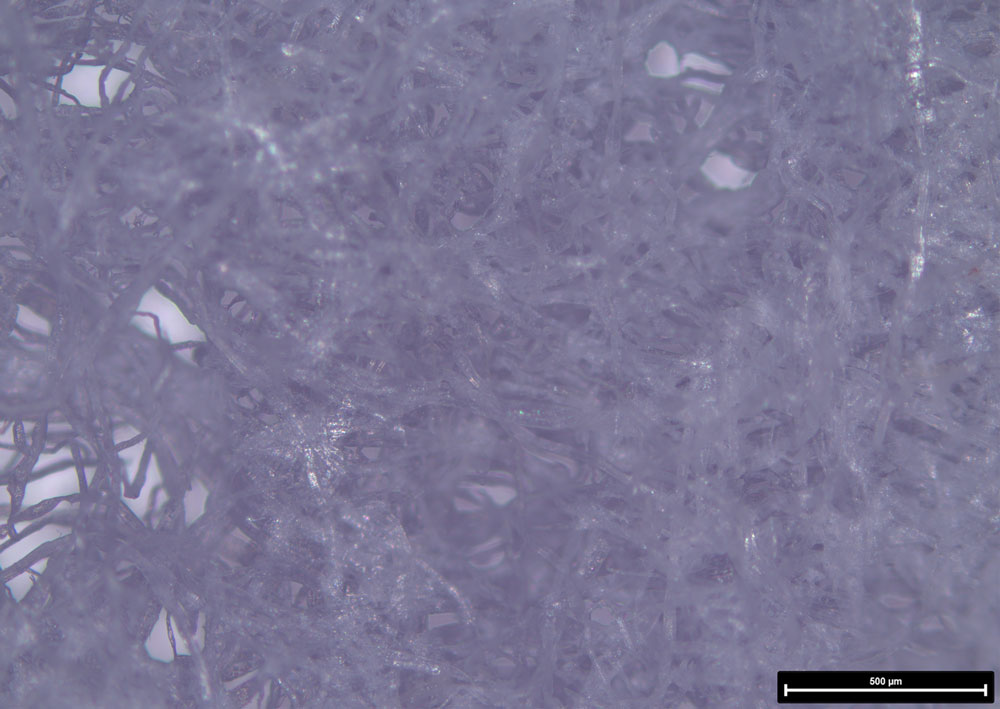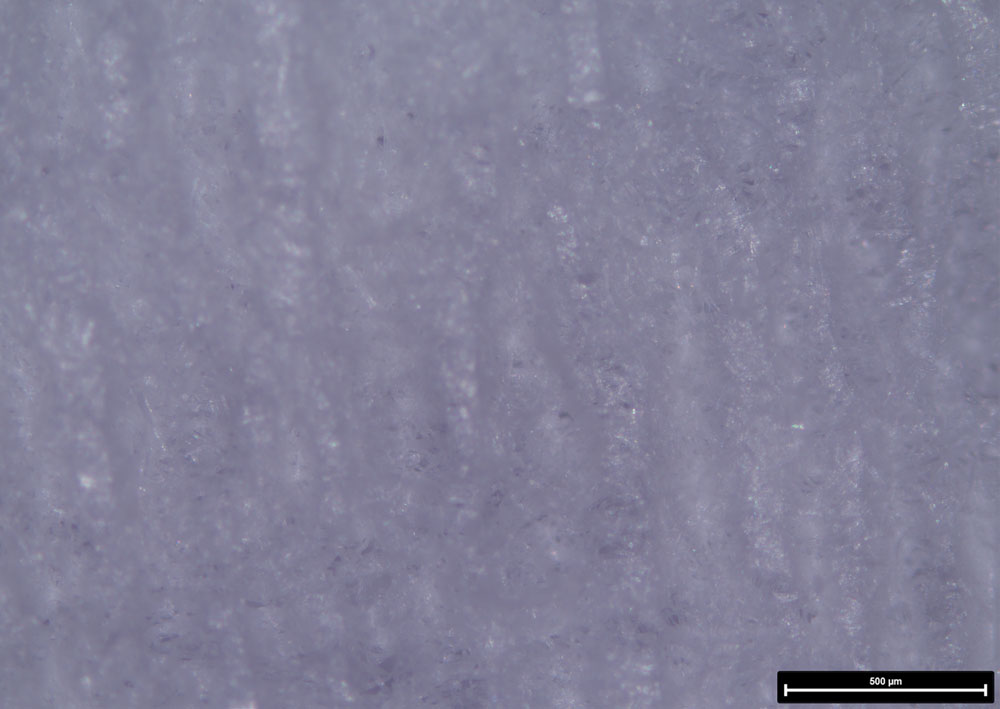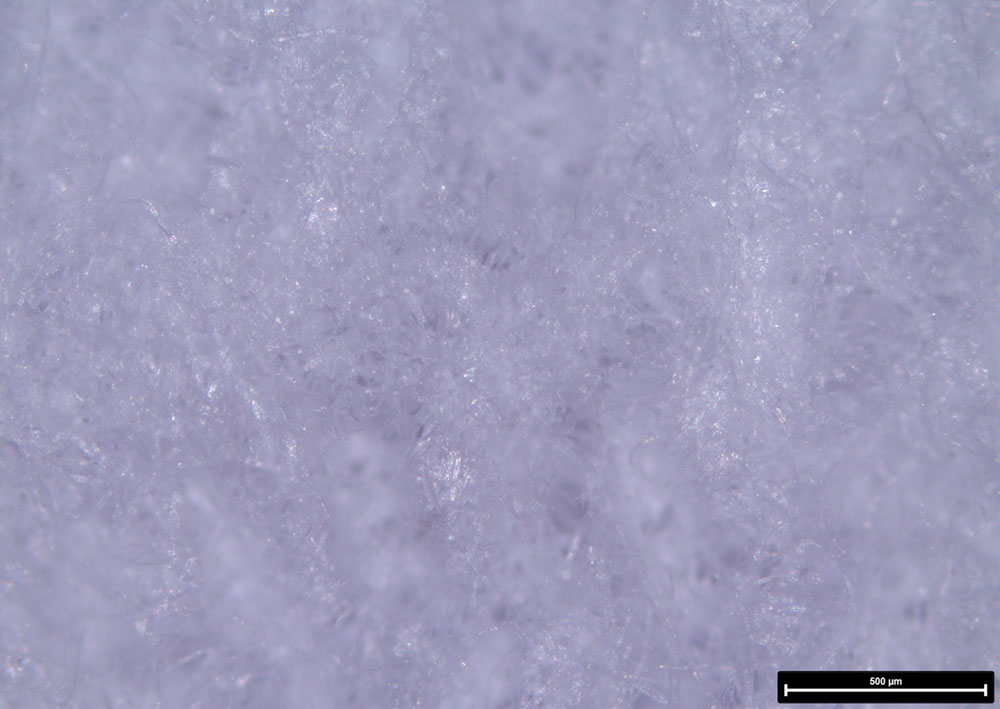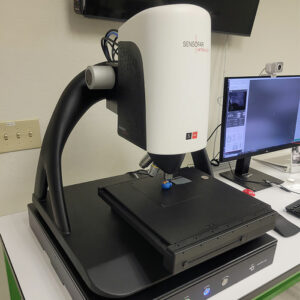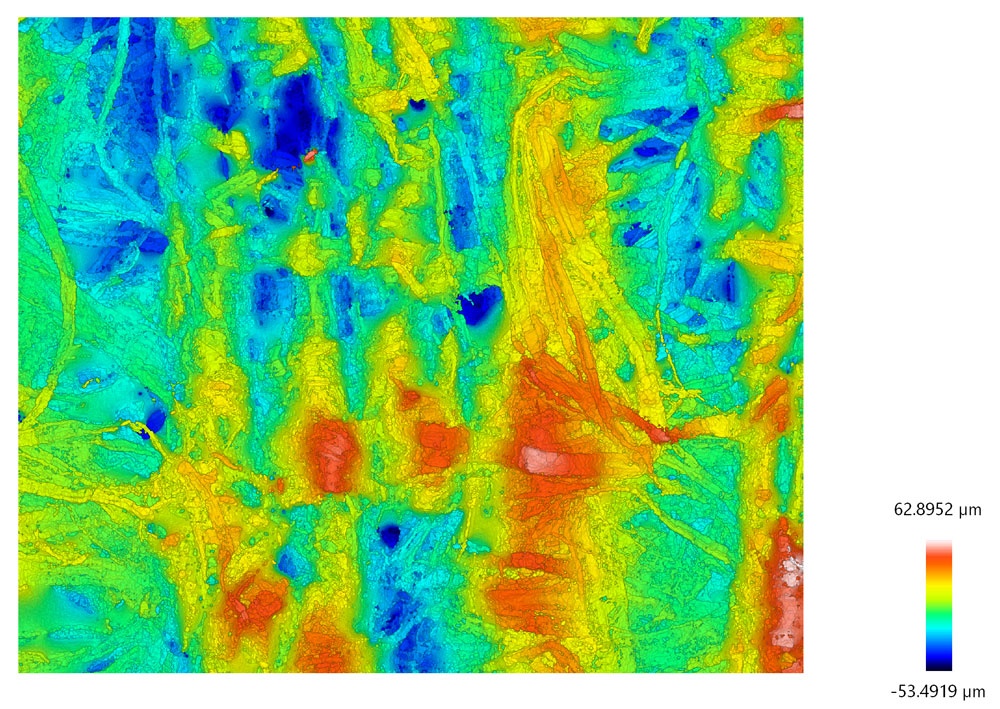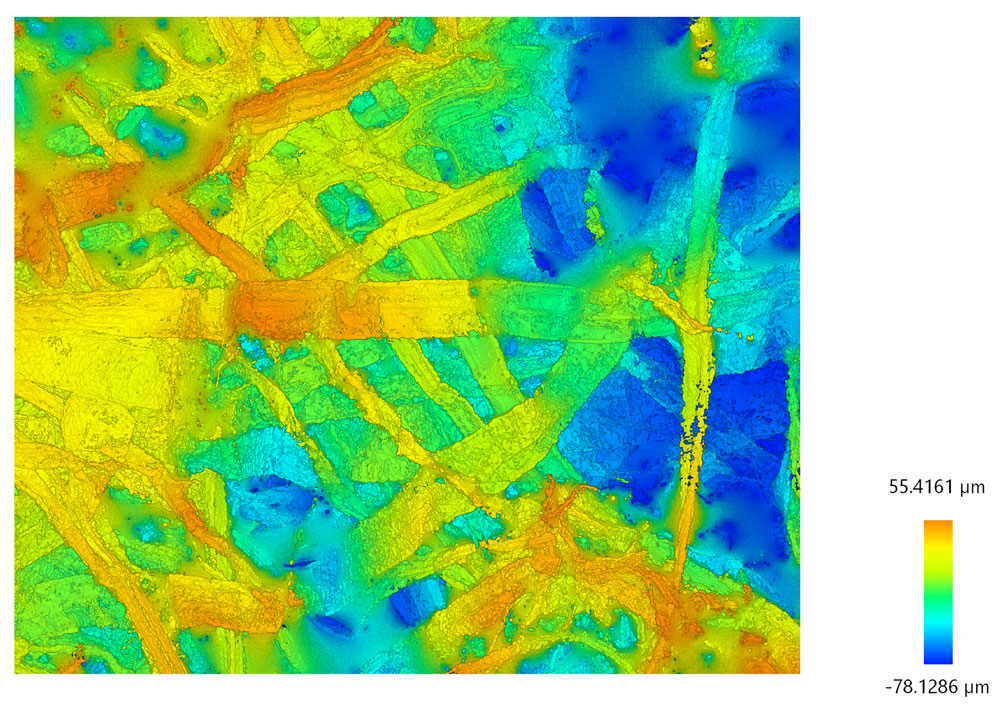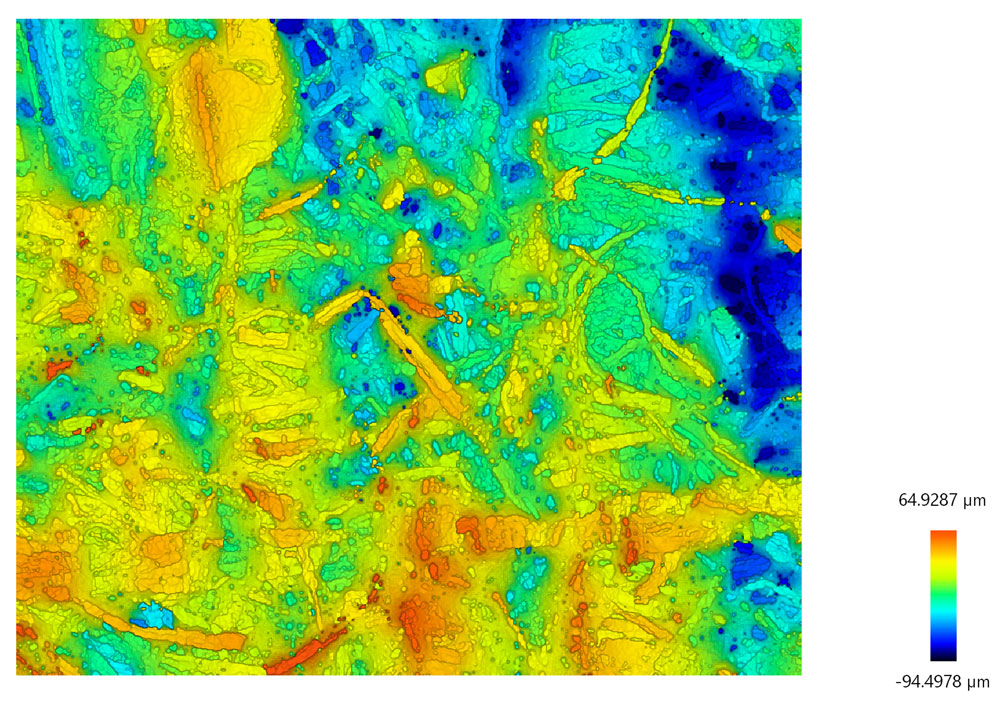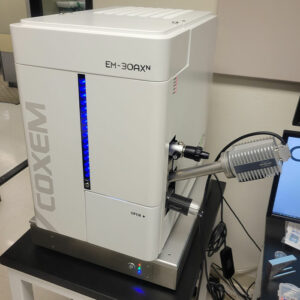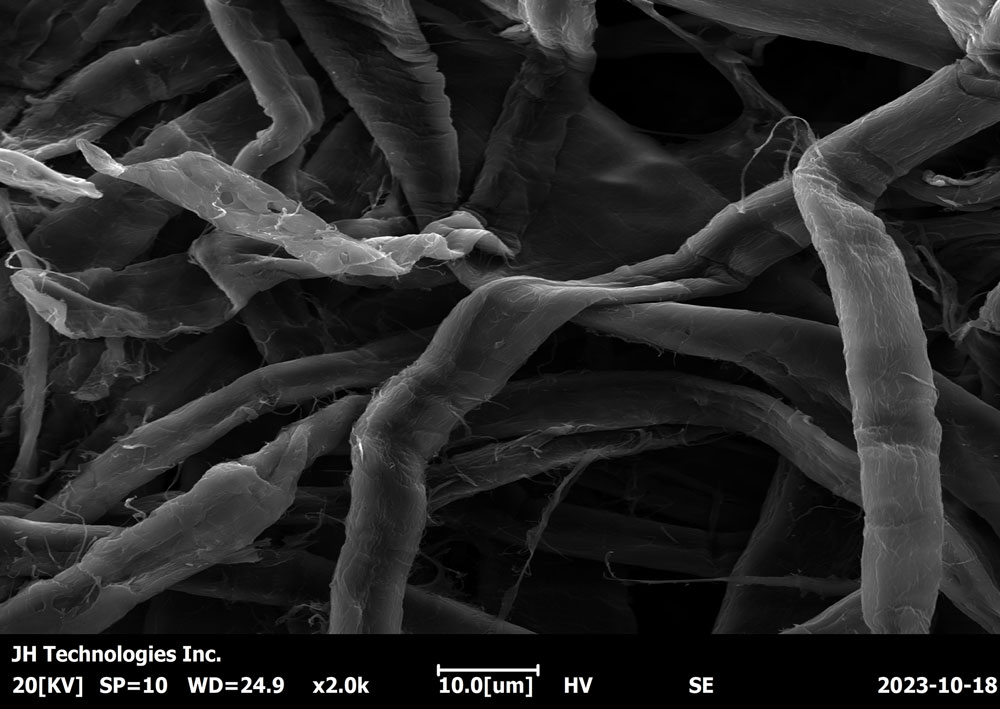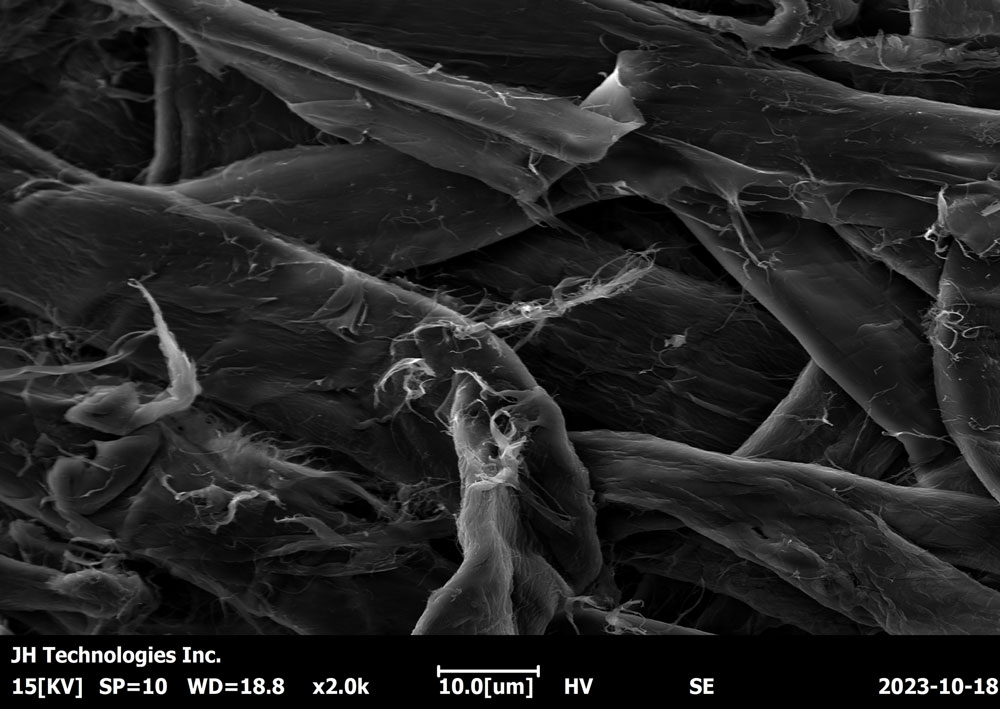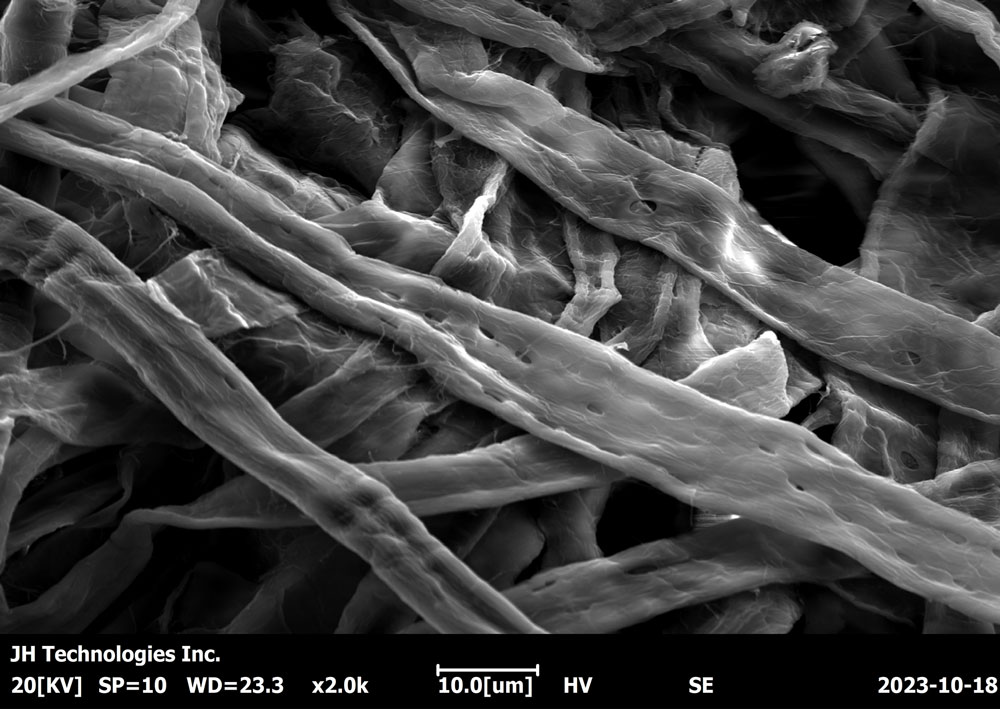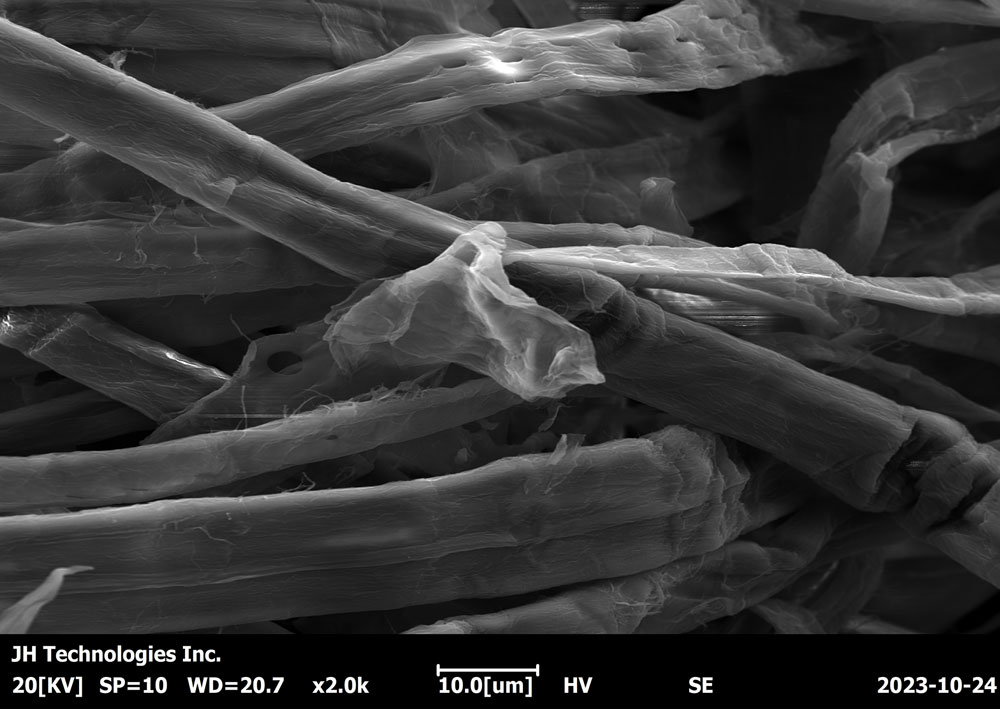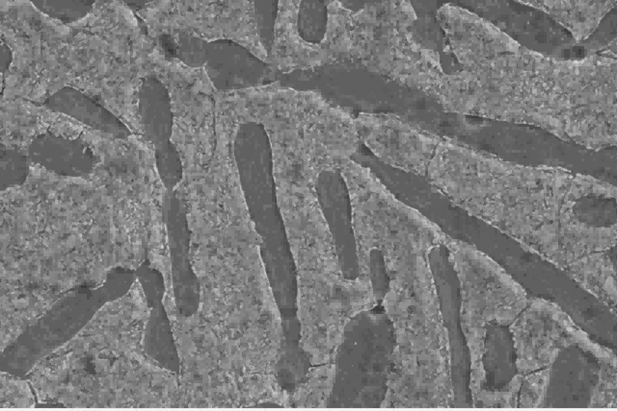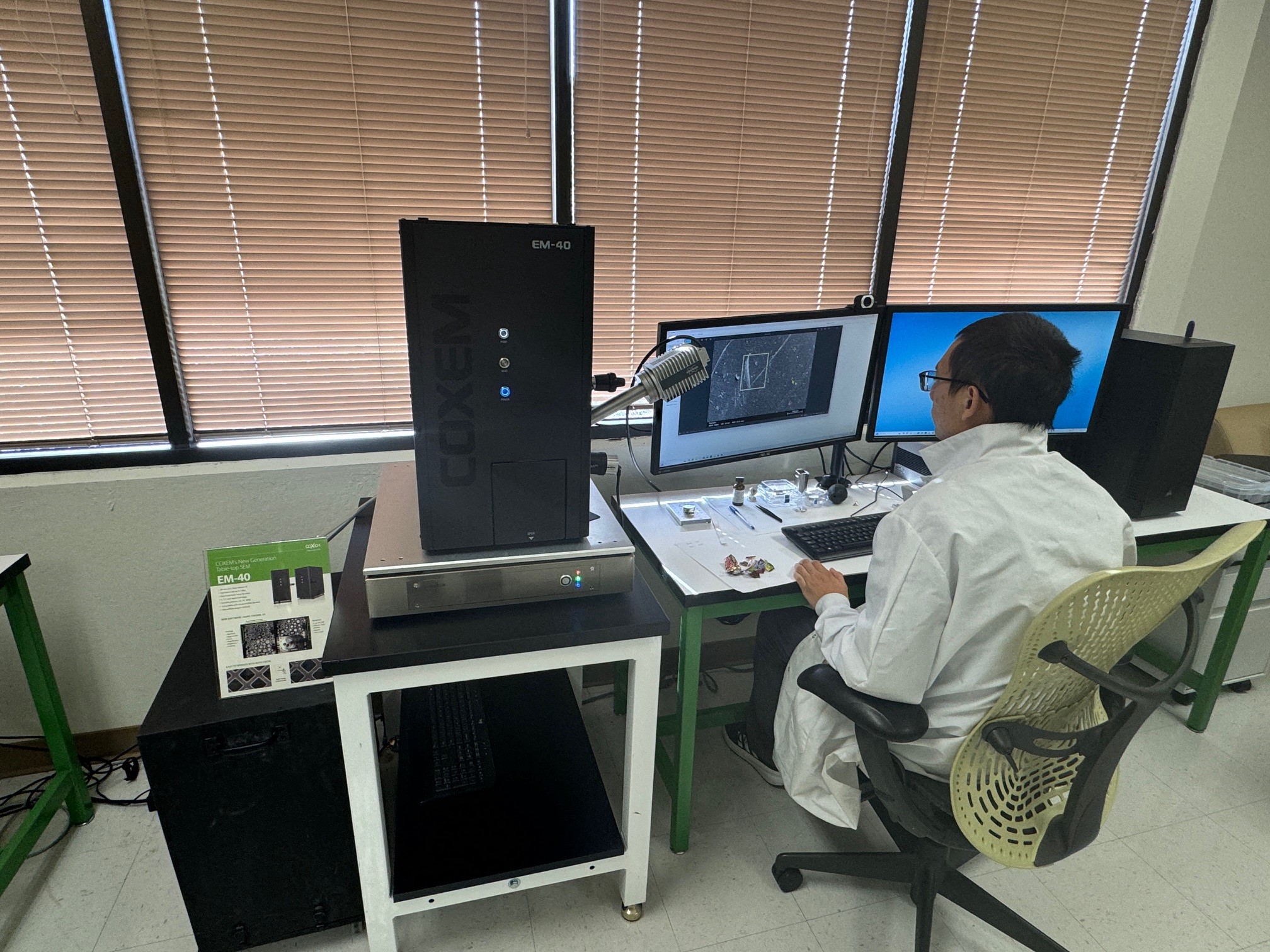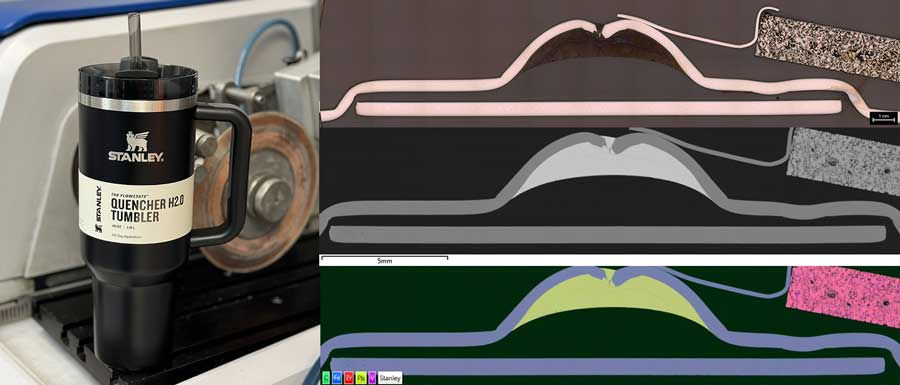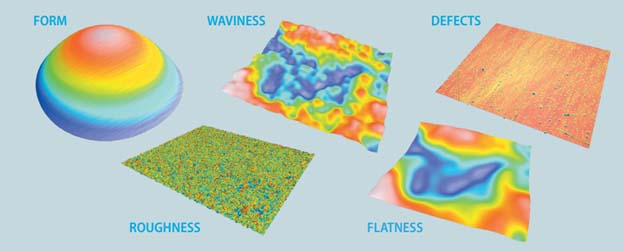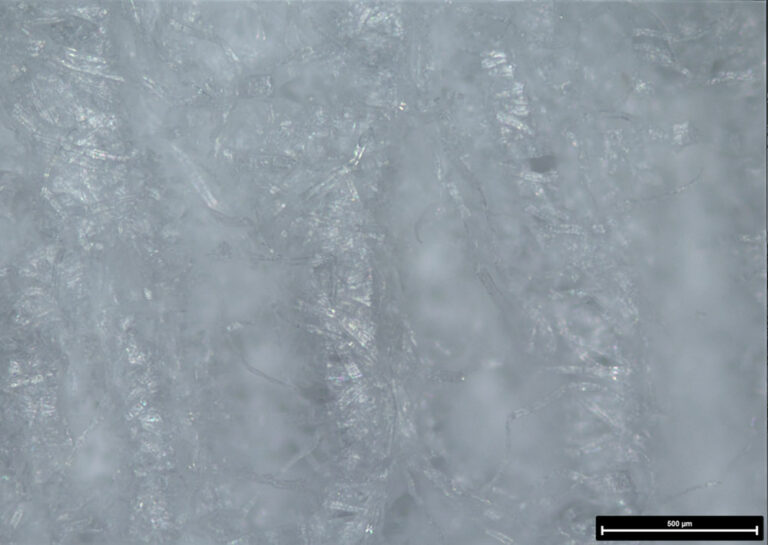
In this material analysis, our team examines four toilet paper brands chosen for quality and performance based on our perception. We want to understand how the microstructure and real-world performance compare to our opinions of “good” vs. “bad” paper.
The “Roll” of a Lifetime: A Brief History of Toilet Paper
Toilet paper, a seemingly mundane yet essential household item, plays a captivating role in human history and daily life. Starting in ancient China with the first recorded use of paper for hygiene, toilet paper has greatly evolved over the centuries.
From luxurious sheets in the Ming Dynasty to Joseph Gayetty’s 1857 commercial introduction of toilet paper in the United States and the adoption of the ubiquitous roll format, toilet paper’s journey mirrors technological advancements and changing hygiene attitudes.
Today, it is a universal symbol of cleanliness, with various brands vying for softness, strength, and environmental sustainability supremacy.
Wiping Out the Competition
Be it in a public setting or at a frugal friend’s house. We’ve all had the misfortune of tearing off a coarse and flimsy square at one point or another. However, most of us have never considered what goes into producing a toilet paper roll.
Sure, we like the concepts of soft and durable, but how precisely is this achieved? What sets the expensive brand names apart from their dollar store counterparts? In short, we can summarize the relevant manufacturing process in five steps:
- Acquisition and preparation of raw materials
- Pulping
- Bleaching
- Forming and pressing
- Embossing
Raw materials are the basis of any paper product, including toilet paper, but pulping, bleaching, forming, pressing, and embossing also affect its texture and performance. So, how do we compare?
Four Brands of Toilet Paper Use for Material Analysis
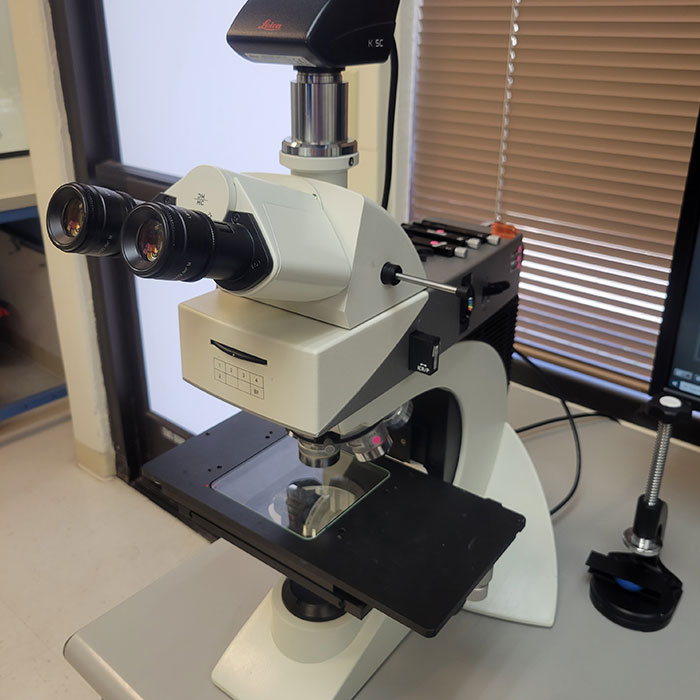
First, we unpacked the rolls, removed several outer layers, and extracted a single square from each roll to document them using a Leica DM2700M compound optical microscope with a Leica K5C digital camera.
Leica DM2700M compound optical microscope with Leica K5C digital camera
Dark-field Optical Views of Toilet Paper Material
Material Analysis–Density
The 24/7 Life and Thetford toilet paper paper squares’ fibers are less dense than the Kirkland and Charmin brands. The Thetford paper is designed for septic tanks so that looser fibers may expedite its breakdown in such an environment.
The Charmin brand toilet paper has a looser but still dense set of fibers compared to the Kirkland paper, presumably resulting in a softer feel.
The Kirkland paper also appears to have a microscopic rippling pattern, which may contribute to its performance.
Analyzing Water Absorption
We folded one square of each brand of toilet paper in half twice, once along each of the X and Y axes.
After that, we weighed the folded paper when it was dry, submerged in water until completely saturated, and gently removed it, allowing it to drip.
When the dripping stopped, we weighed the paper again and calculated the total mass of water entrapped within each square.
Finally, we calculated the ratio of water absorbed to dry mass.
Toilet Paper Absorbency Results
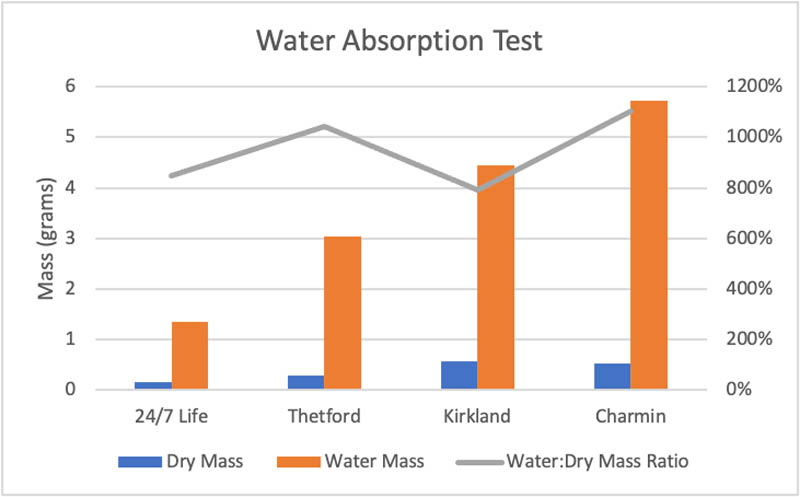
Toilet Paper Absorbency Test
| Brand | Dry Mass (g) | Wet Mass (g) | Mass of Absorbed Water (g) | Wet:Dry Mass Ratio |
| 24/7 Life | 0.16 | 1.52 | 1.36 | 850% |
| Thetford | 0.29 | 3.32 | 3.03 | 1045% |
| Kirkland | 0.56 | 5.00 | 4.44 | 793% |
| Charmin | 0.52 | 6.25 | 5.73 | 1102% |
Although we selected the ordering of the samples solely based on our perceptions of each brand, the total mass of water absorbed correlates quite well.
The Charmin toilet paper is the most absorbent, with the 24/7 life toilet paper being the worst performing.
It’s interesting that Kirkland toilet paper is the heaviest per square, but it absorbs the least water for its weight. This is likely because tightly woven fibers wick water up through the gaps via capillary action. This reduced gap size limits the paper’s water absorption and retention capacity.
Profiling Material Analysis Samples
To better understand the surface of each brand of toilet paper, we decided to profile them using the interferometry mode on our Sensofar S Neox non-contact optical profilometer.
Interferometry Maps of Toilet Paper Materials
To obtain a closer view of the actual fibers that make up each square, we coated them with a few nanometers of AuPd and documented them using a Coxem EM-30AXN benchtop scanning electron microscope (SEM)
SEM Images of Toilet Paper Materials
SEM Image Analysis
In the SEM, we view the individual fibers and their proximity.
Notably, Charmin utilizes the finest fibers of the four tested brands, with Kirkland being the second finest.
Again, we can link the Thetford toilet paper’s large fibers to its septic tank system purpose.
Another interesting observation is the Kirkland toilet paper’s dense and less porous texture compared to the other three. The microscopic, patterned ridges might compensate for the fewer loose fibers, providing the paper a similar ability to grip and clean.
Unexpected Results During Material Analysis
Unexpectedly, we see small holes within the cellulose strands of all four toilet paper brands. The evenly spaced and identical diameters of these holes along any given strand suggest that they are not a “natural” formation. Yet, not all fibers (nor the 50% we would expect for a non-symmetrical feature) exhibit these holes.
While these holes might, to some extent, enhance the toilet paper’s overall performance, it is difficult to imagine that such precision would go into the manufacturing of toilet paper.
The “Tearable” Truth
Despite a few surprises, the conclusion of this analysis is clear: you get what you pay for.
The more expensive toilet paper brands offer a softer tactile feel and a greater total capacity to absorb liquid.
It is worth noting that we did not account for the fact that some of our samples were single-ply while others were two-ply. However, we wanted a direct sheet-to-sheet comparison because it represents how toilet paper is used.
We often overlook toilet paper, but we should appreciate that we no longer rely on moss and leaves. In the past, misidentifying poison oak or missing a poisonous spider could ruin your week.
As simple as it may seem, people have carefully refined the process of producing toilet paper over centuries. It was not until 1930 that splinter-free toilet paper was introduced to the public. So the next time you’re tearing off a square, give thanks to those who endured and innovated – cleaning up is no longer the pain in the butt it once was.

